Say Hello!
Sign In
- Health and Safety
7 Rules to help keep Acute Mountain Sickness at bay.
Frequent trekkers are not alien to Acute mountain sickness. They know the drill. But for the first-timers, here is a quick guide to acute mountain sickness and the 7 cardinal rules to keep it at bay. When a resident of lower altitude treks to a higher altitude usually above 2500 metres or more he/she is prone to mountain illness or more commonly known as altitude sickness. The mildest form of altitude sickness is acute mountain sickness. It is the most common sickness that trekkers come across during their journey. Due to reduced amounts of oxygen at higher altitudes, the body struggles to orient. The risk is higher when one attempts to elevate at a faster pace. Our body requires time for acclimatization in the absence of which symptoms are observed. Headache is the most frequent and prominent symptom of altitude sickness. Nausea, tiredness, dizziness and shortness of breath are other symptoms that follow.
However here we are at your rescue with 7 cardinal rules that are sure to help you keep acute mountain sickness at bay.
- Take a pill, chill. No, we did not phrase it wrongly. Acetazolamide or Diamox are some of the easily available suggested drugs that can be used as a precautionary measure beforehand. As your trek begins pop one of the pills twice a day until you return back to homely altitudes(Discuss this with you trek leader). They are safe and very handy. They allow easy passage of oxygen and help your body to adapt to the respective surroundings during low oxygenation and hence improves symptoms. This is suggested because precaution is always better than the cure but what is also recommended is to make sure you are not allergic to it. Hence consulting your physician before consuming it is a wiser idea.
- Take a chill pill. This is not a failed attempt to be funny. We are serious; trekking is not just about rushing to the peak, it is a journey of patience and wild explorations but what you also seem to acknowledge during the course is your own temperance, wisdom and strength. You learn the pattern of your body and witness its capacity of endurance. Your body is magical; it gets adapted to some of the extreme conditions but you need to grant it time. Be patient as you trek to higher altitudes. Elevating at a speed of more than 300 metres per day increases the risk of acute mountain sickness. So take it slowly and steadily so that your body conveniently habituates itself to the altered climatic and physiological changes. Nearly 20% of people experience symptoms when they trek above 2500 metres while 40% of the people begin to experience symptoms only after trekking above 3000 metres.
- Water on the go. Dehydration can be a serious issue during treks. It leads to tiredness and inactivity. So do not be a lazy rat, grab your water and frequently hydrate yourself. Putting your body under stressful conditions while it is already struggling to adapt to an altered environment does not sound like a good idea. Hence stay hydrated and facilitate your body's acclimatization. A gentle reminder is to keep in mind that hydration does not mean gulping down litres of water in one go rather it is short but frequent intakes of water. Water promotes cardiovascular health hence trekking becomes slightly easier since your heart remains healthy and active. It also helps your muscles and joints work better thus enabling your body to work with lesser tensions. Hence here we have listed 3 strong reasons for you to keep yourself hydrated so stop being slothful and bottle up instead.
- Good food, good life. No, we are not endorsing Nestle. But this is a phrase to swear by. A healthy diet goes a long way. As a responsible and sensible trekker, you need to keep in mind the importance of a high-calorie diet. A proper 3 meal diet per day rich in complex carbohydrates is Ideal. Complex carbohydrates do not digest easily and hence keep you fuller or sustained in the long run. It is suggested to avoid energy bars or protein bars because they may give you sudden spikes of energy or boost but your body requires water to metabolize proteins which may lead to water depleted cells leading to dehydration. On the contrary carrying, dry fruits is a smarter choice to make. They are a healthy source of keeping yourself oriented and more put together and can also be smart fixes for your snack cravings. Plus they keep you energised hence it's a win-win situation.
- Rest day or cheat day. If it's a long trek you need a rest day more like a power nap from the movie "The boss baby" if you have seen it. It's essential because it keeps you going. With different bodies come different rates of adaptation. It might so happen that your body might take lesser time to feel comfortable at higher altitudes when compared to your fellow trekker or vice versa. Do not try to forcefully maintain the pace of others. It could be dangerous and even fatal. Take your time and take your rests. If you think you need a day off then you probably really need it. Pay attention to the patterns of your body. There is no hurry, the point is to enjoy your journey and not desperately finish it.
- Only cheers no beers. Yes, you read it right. We know it's hard to imagine trips without getting a little trippy but save your bottles for some other occasions because trekking calls for no alcohol. Simply because it is dehydrating and drenching. In Fact, they are known to induce hypothermia at higher altitudes. Also, it is hard to pull your hand back once you start drinking with friends, bottles down, and you don't even realize. Too much of it can get you into unwanted situations and mountains are not where you would want to risk anything. So stay away to keep acute mountain sickness at bay.
- Do not exercise. You are not mistaken, we really are asking you to not exercise. What better than this, right? For a lazy brat, this rule is the ultimate version of the three golden words. Your body is already struggling to pump the desired amount of oxygen, exercising or performing extreme sports activities at higher altitudes will only result in increased tensioned situations for it and that is the last thing you would want to do on your trek. So save your energy or desire of exercising and grab your shoes but only for gradual planned trekking. It's a no hurry situation and you are allowed to take your time.
An extra pro-tip would be to never give up. It isn't easy but it isn't impossible either. A healthy body and a determined mind can get through extreme hurdles. It is recommended to follow these seven cardinal rules and there you are ready to kill it at your trek. Remember to Believe, behave and sustain.

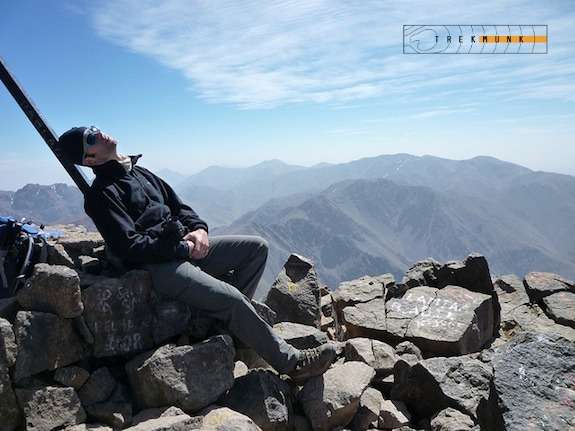
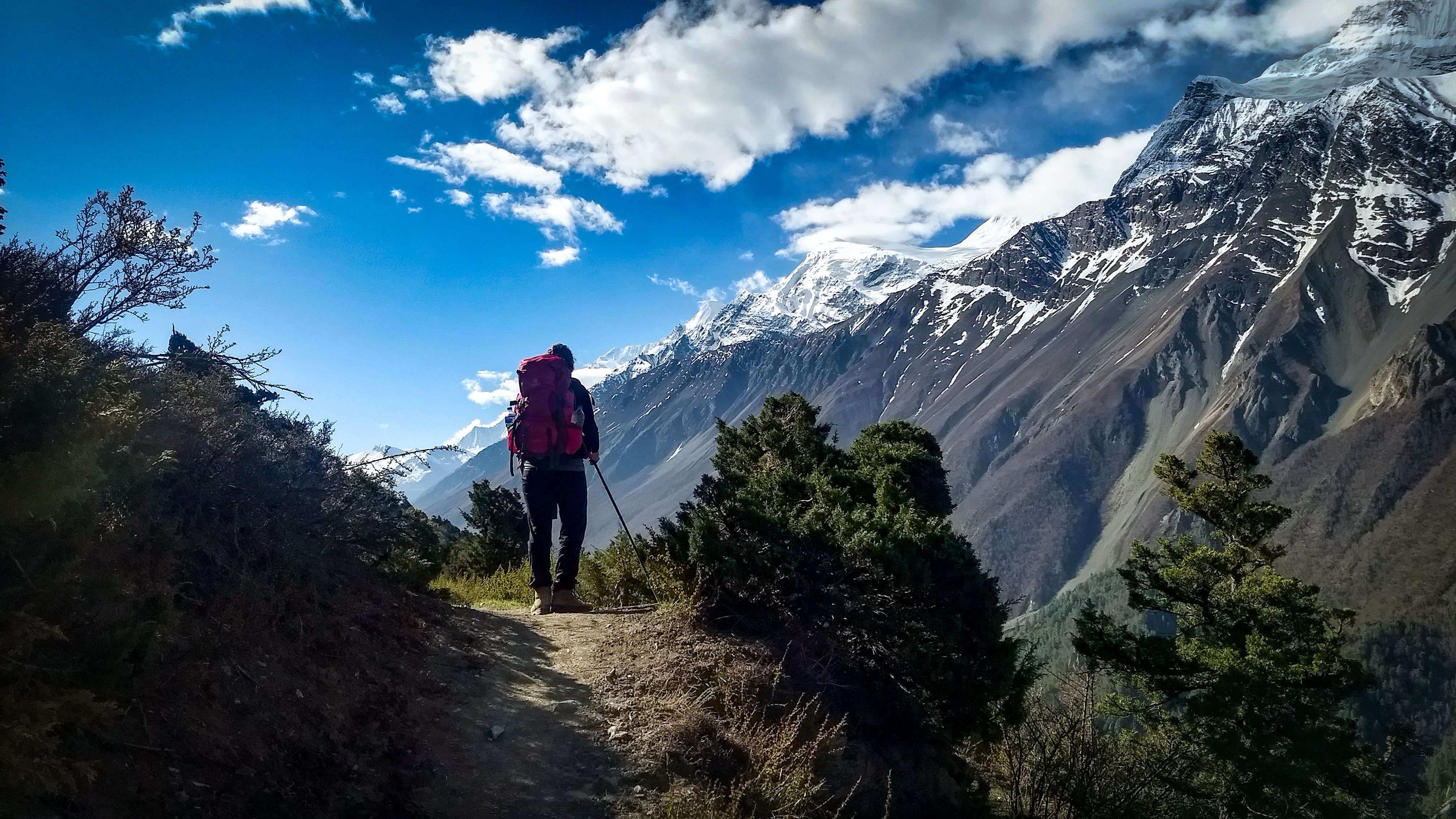
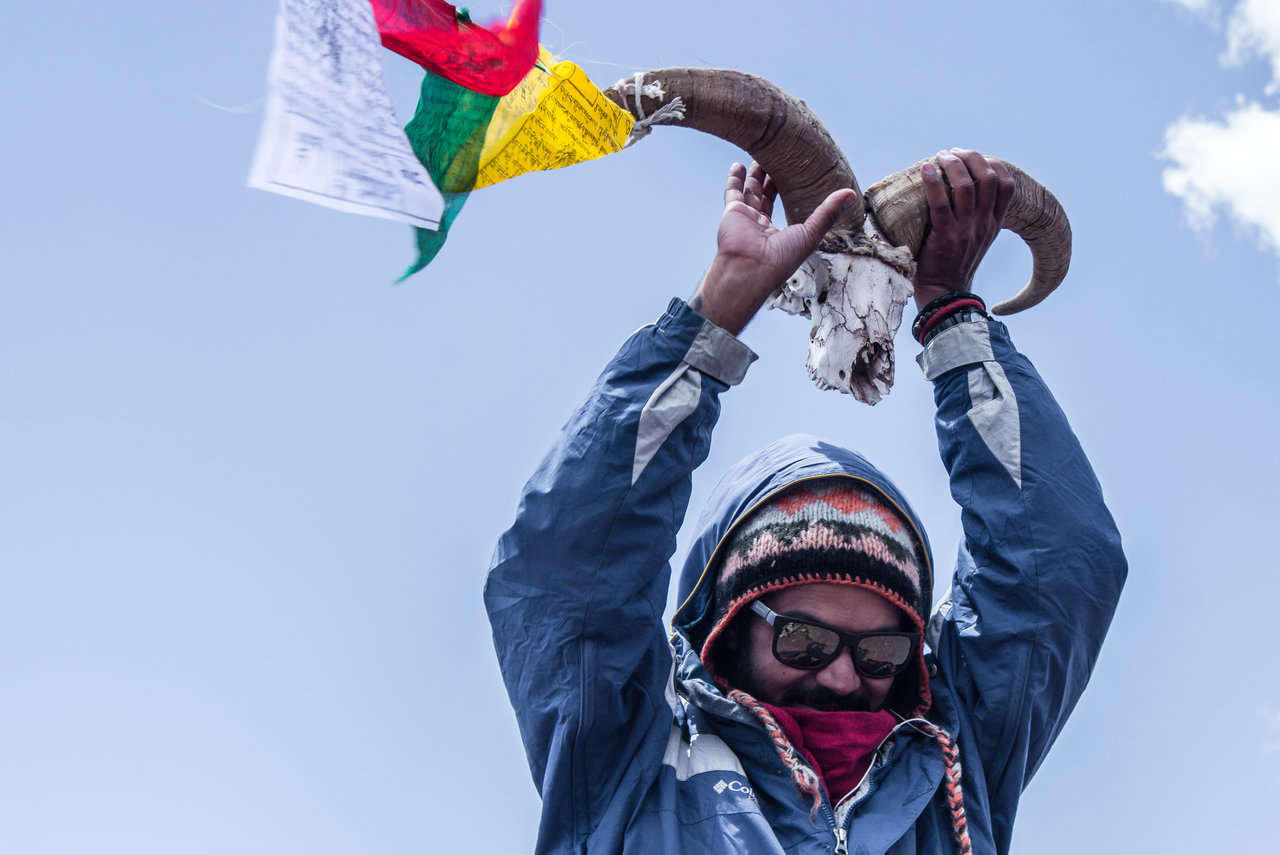
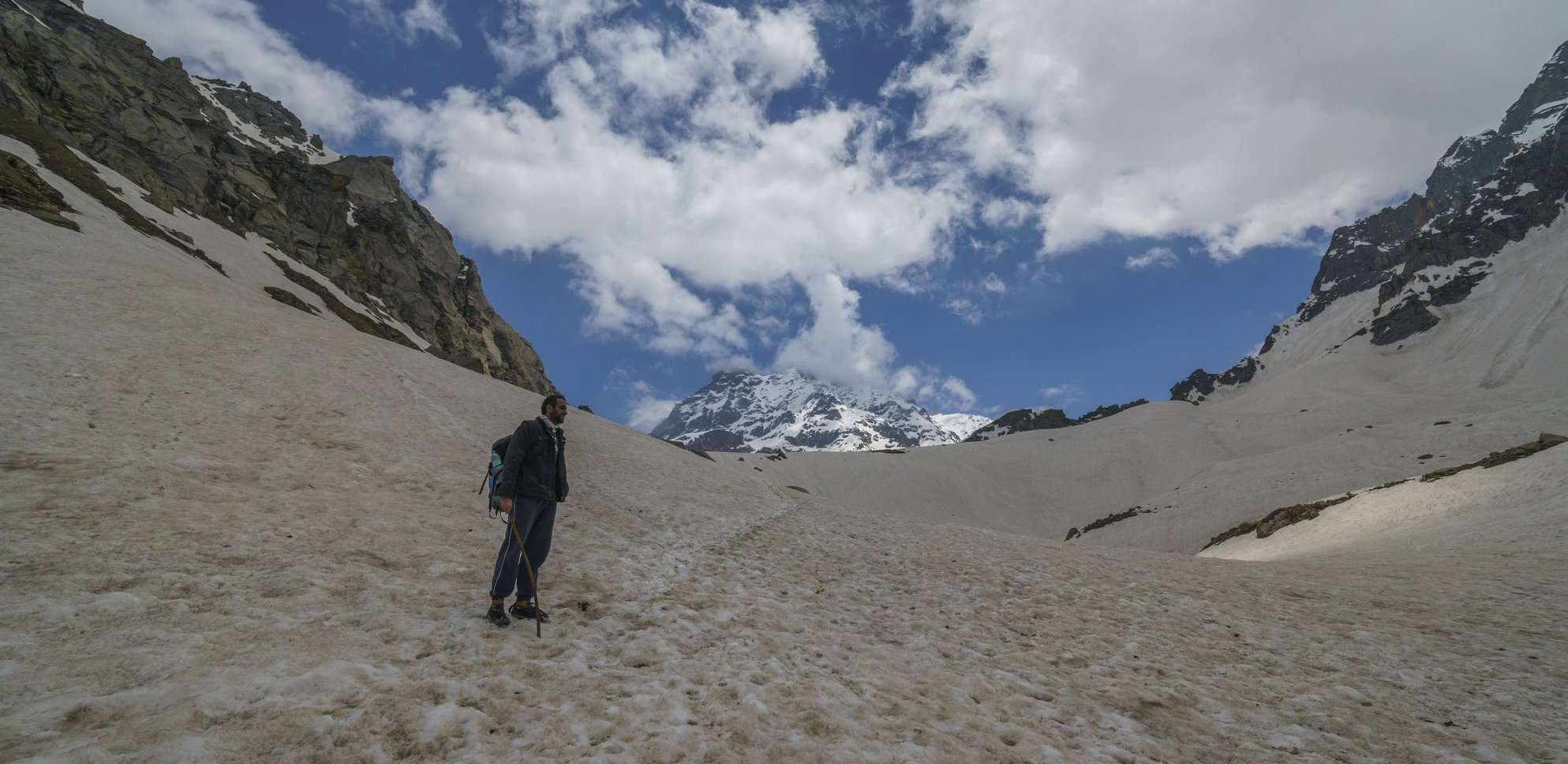
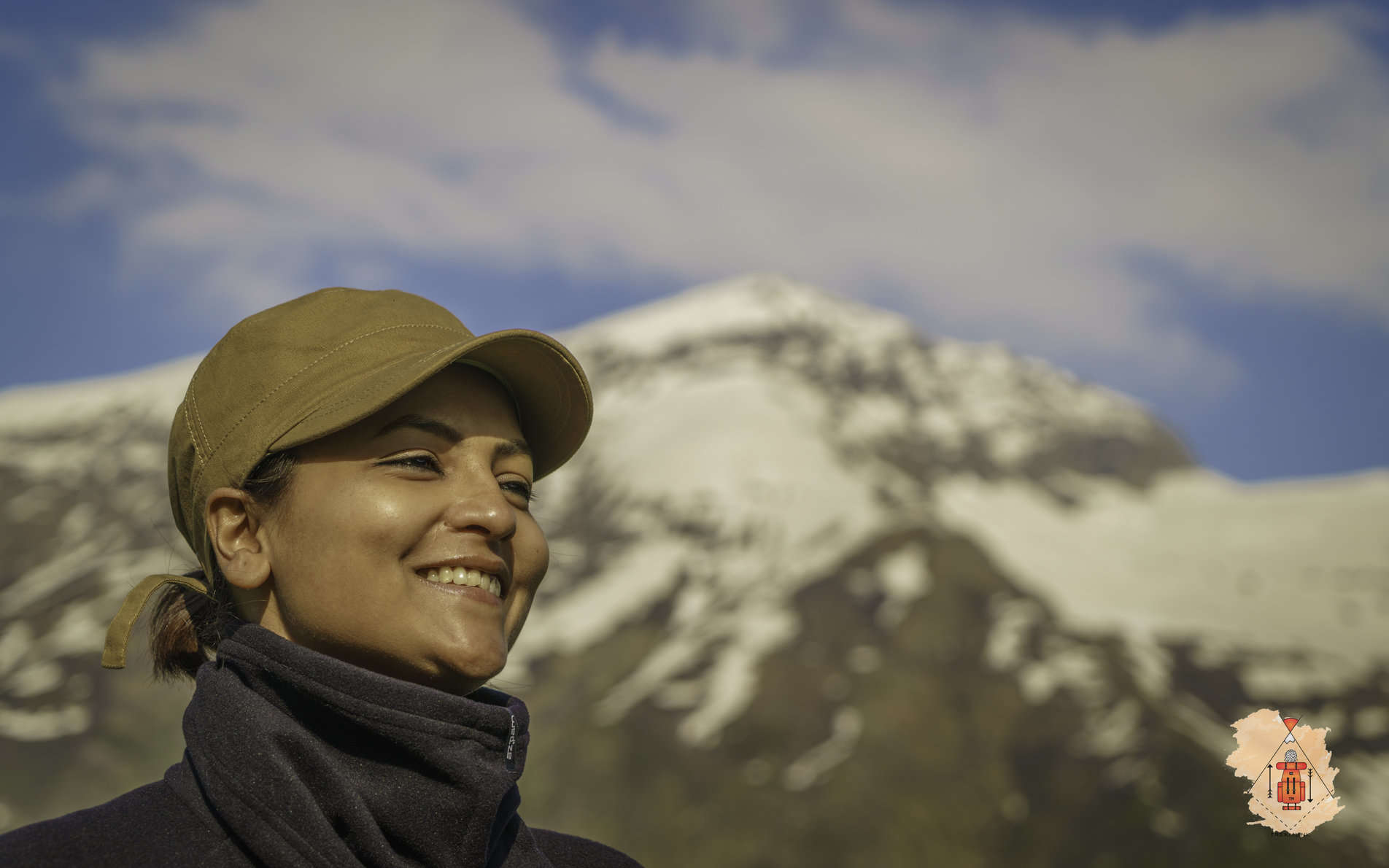
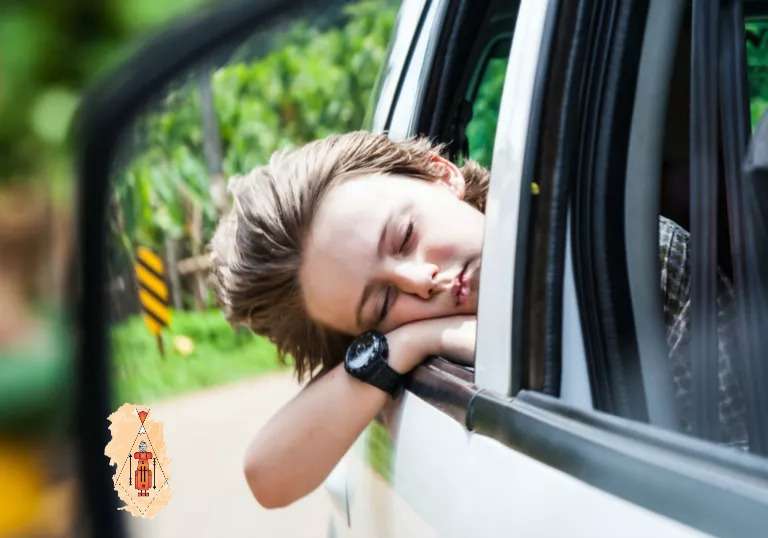
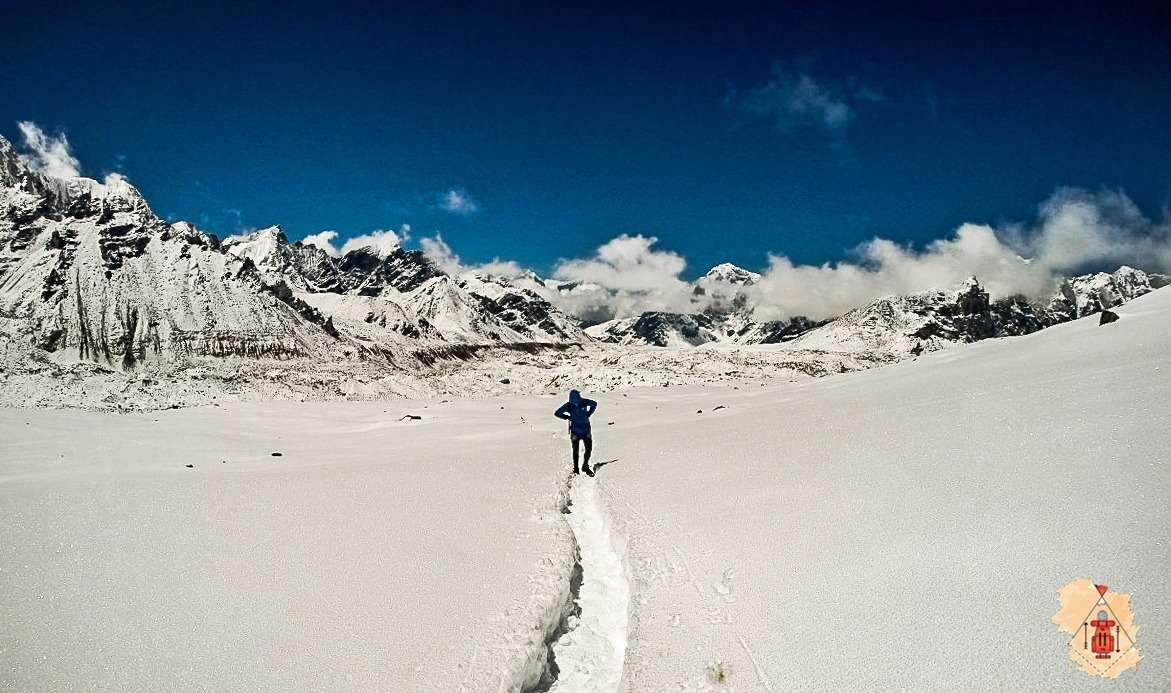
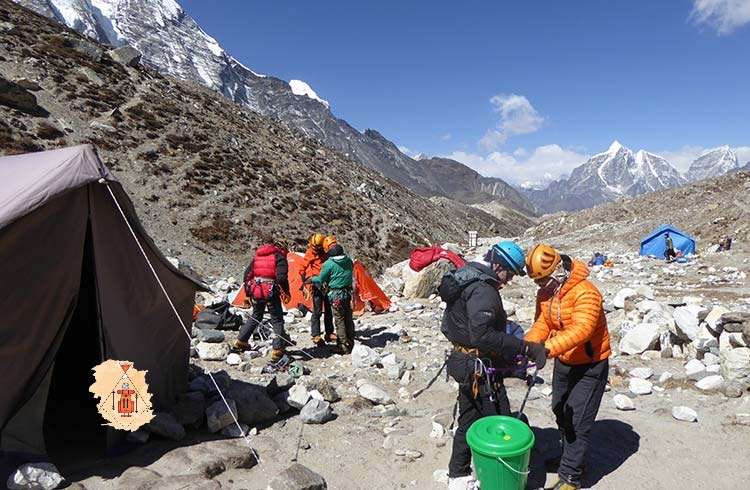
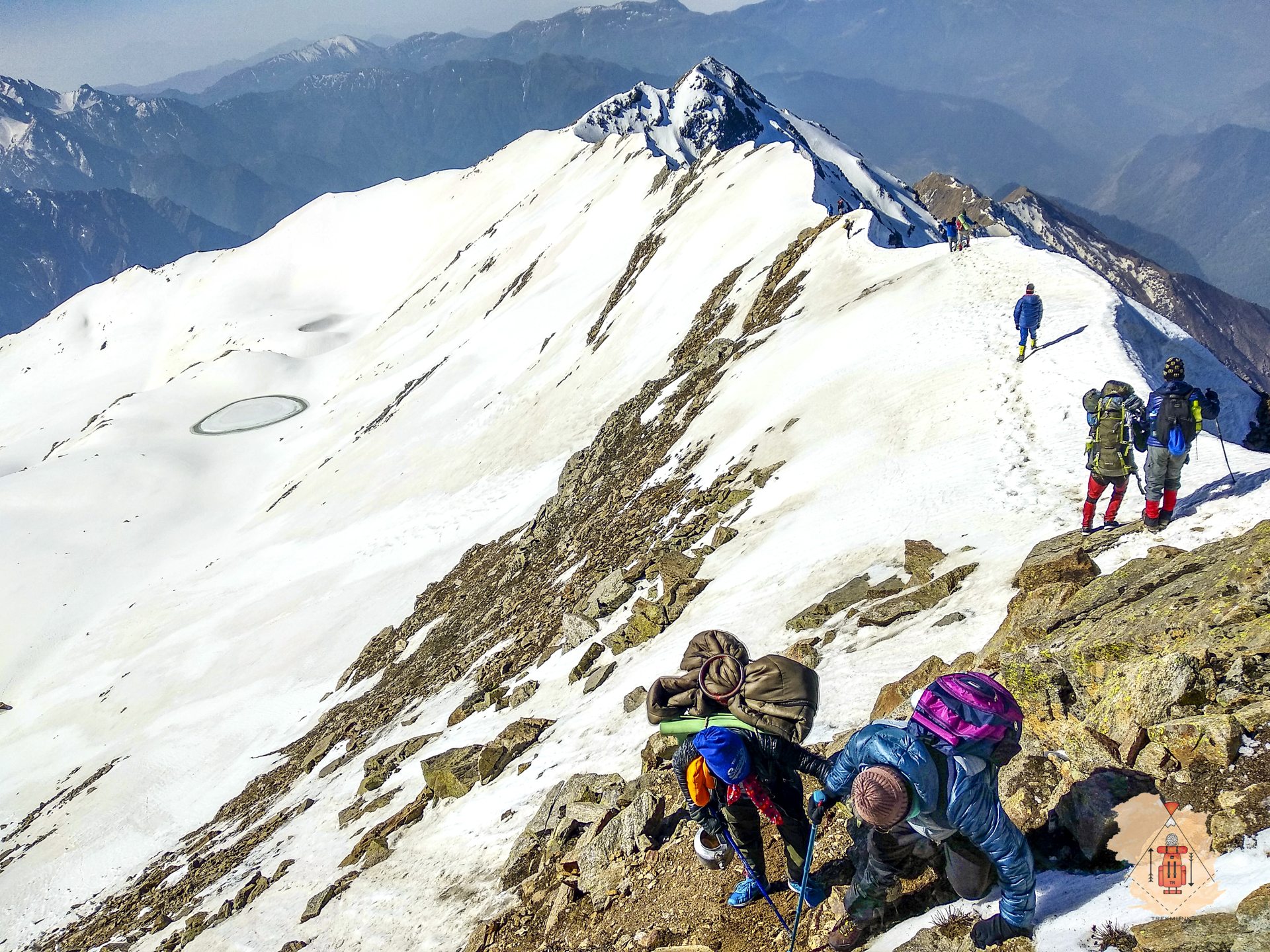
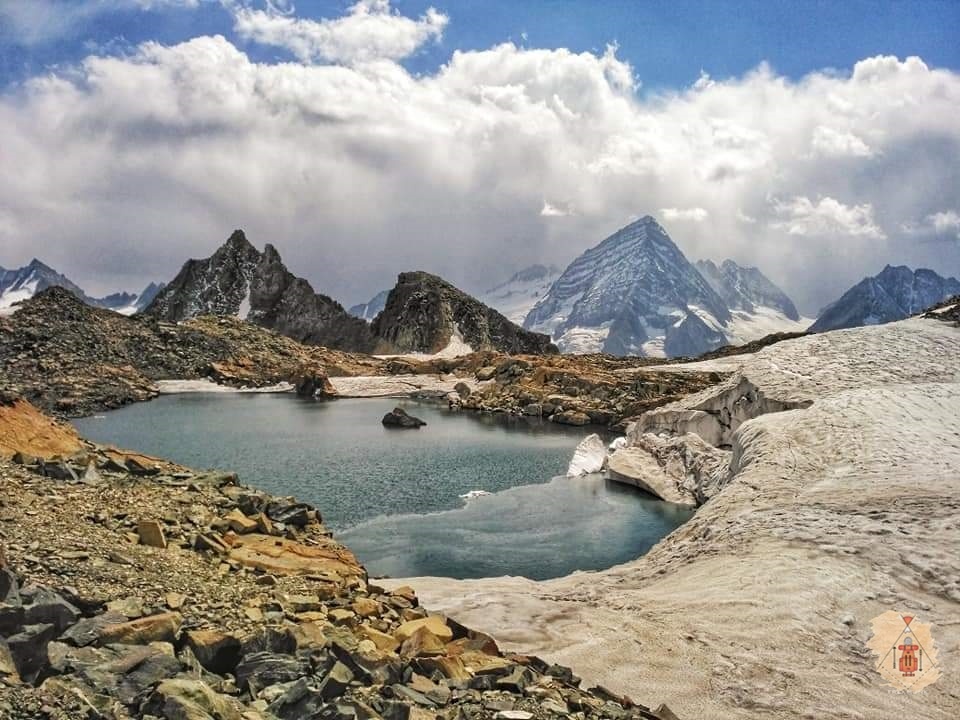
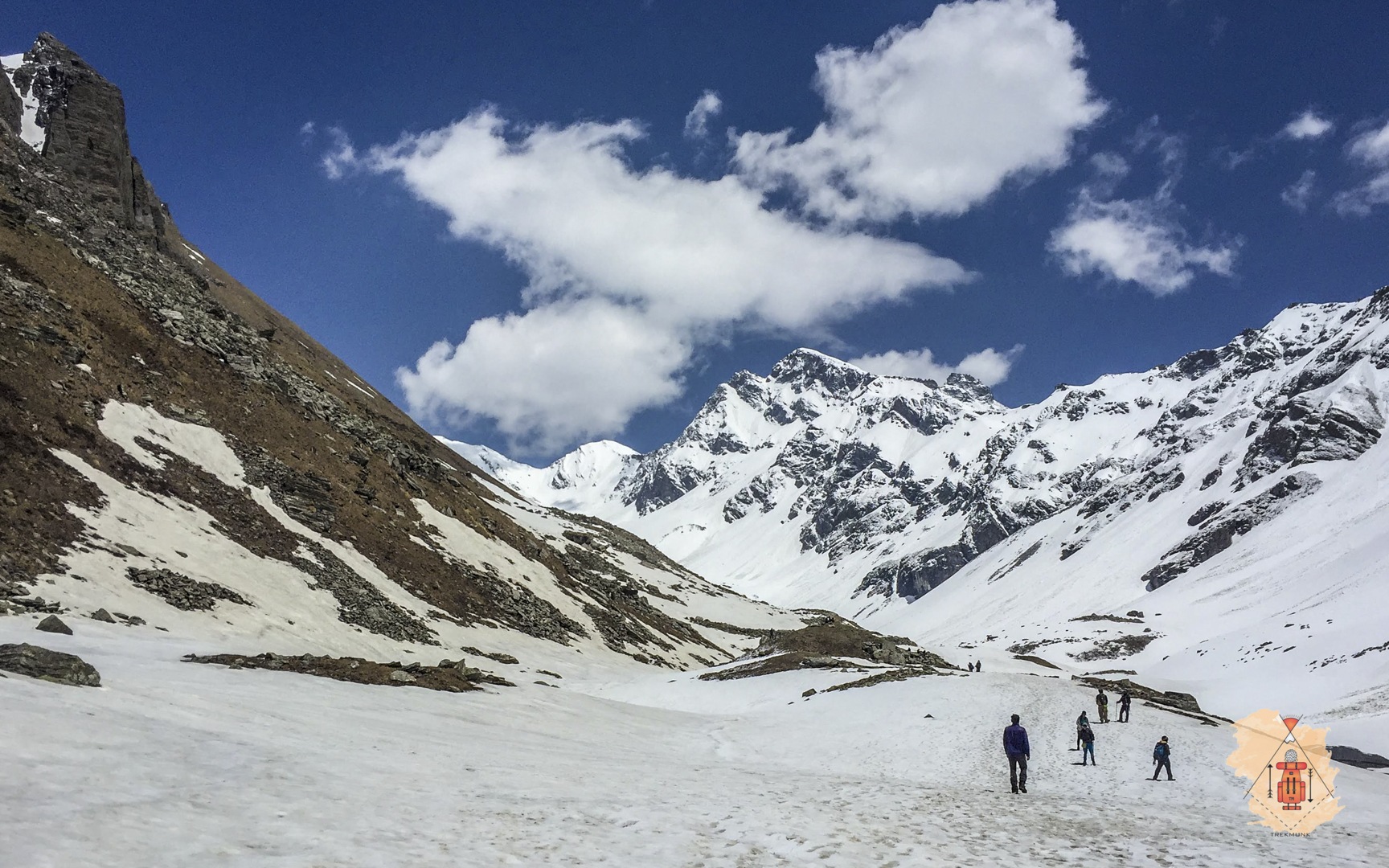
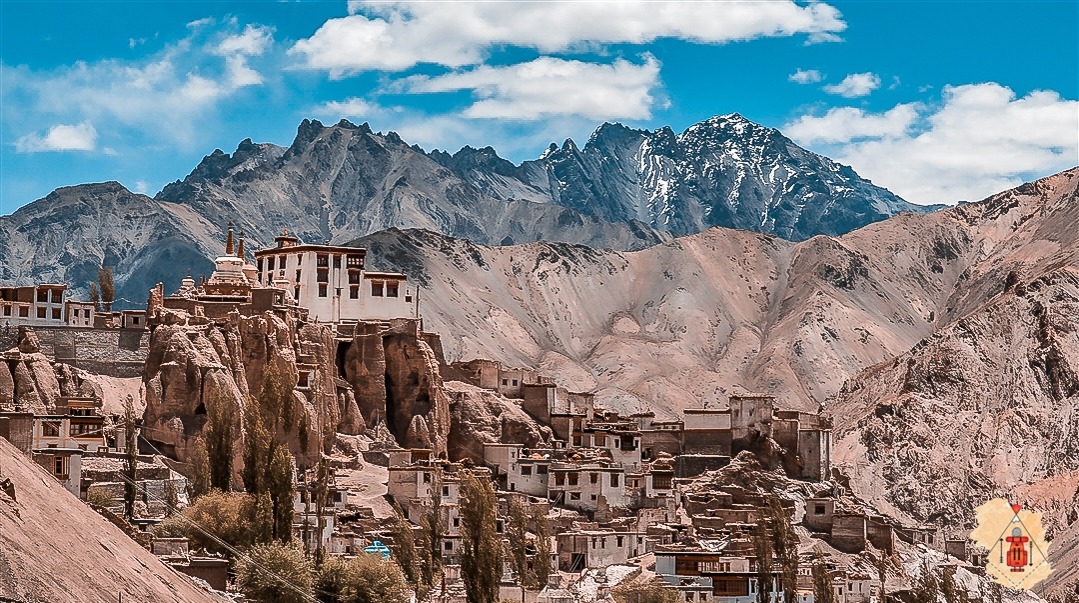
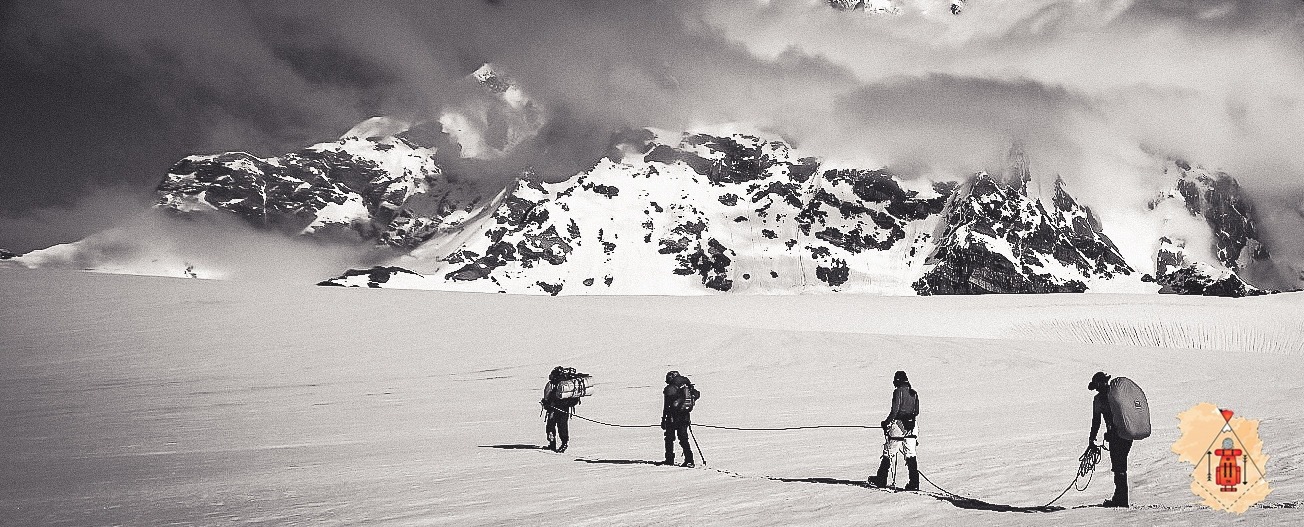

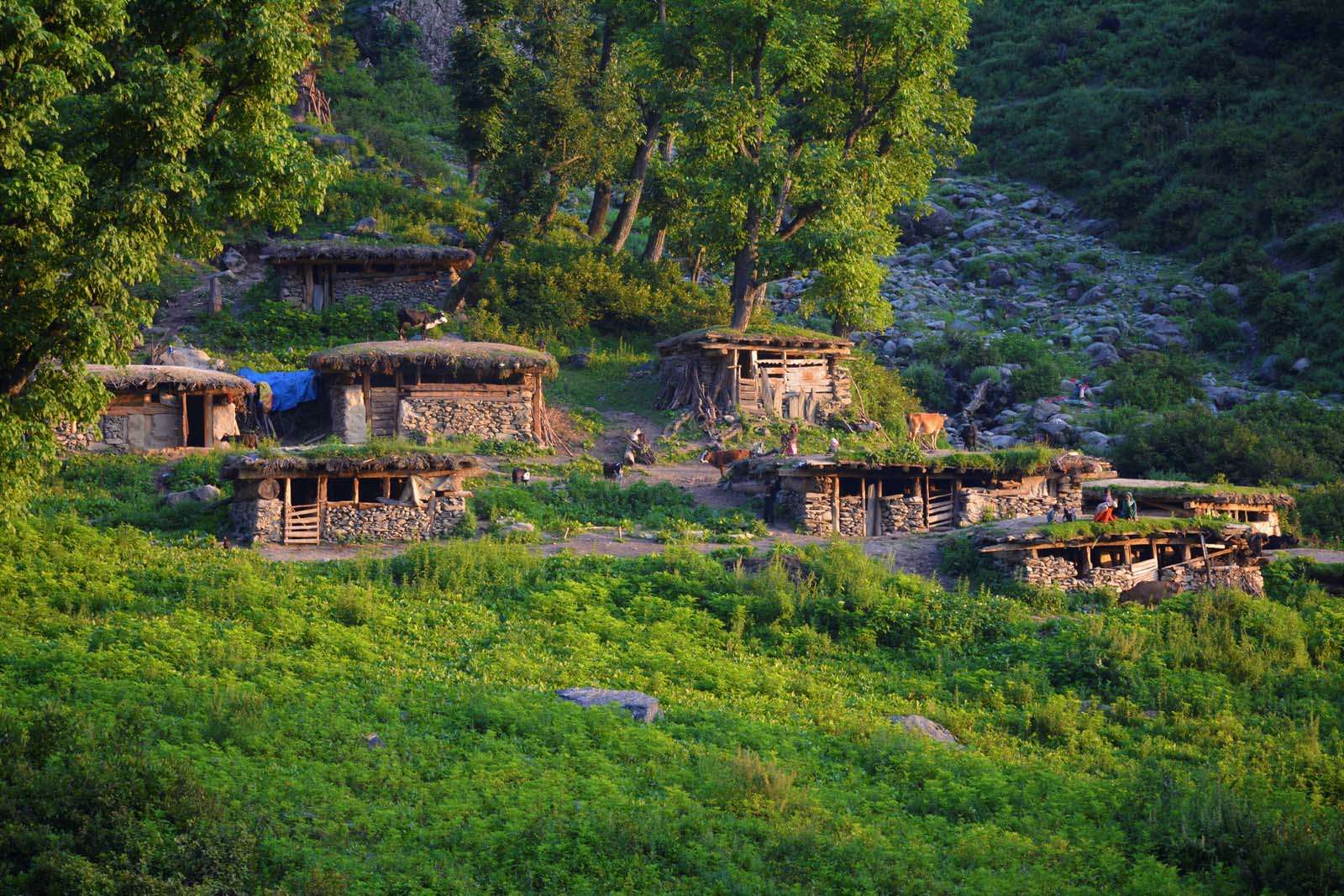
Harshit Patel : Co-Founder at Trekmunk. A certified Mountaineer, Skiier, has led more than 50 high altitude treks in the Indian Himalayas. He is an Engineer by profession but a traveler by passion. He has led treks in Kashmir, Ladakh, Uttarakhand, Himachal Pradesh, West Bengal, Sikkim and Nepal. He is a NOLS certified First Aid Responder and has covered 185,000+ km on Motorcycle. A Poet, Drone Pilot and Videographer at Insane Traveller Productions.